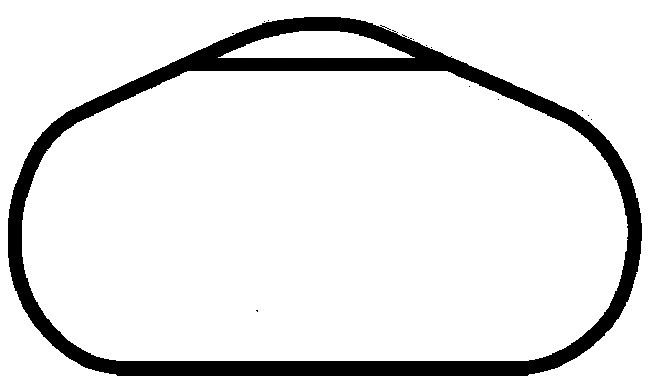Official name Winston 500 | ||
 | ||
Date May 6, 1984 (1984-May-06) Course Permanent racing facility2.660 mi (4.280 km) Distance 188 laps, 500.1 mi (804.8 km) Weather Hot with temperatures reaching up to 88 °F (31 °C); average wind speeds of 8.8 miles per hour (14.2 km/h) | ||
The 1984 Winston 500 was a NASCAR Winston Cup Series racing event that took place on May 6, 1984, at Alabama International Motor Speedway in Talladega, Alabama. This racing event would become the peak of competitive racing for what is now known as Talladega Superspeedway.
Contents
People who drove to the race witnessed a visibility range of 9.7 miles or 15.6 kilometres. No precipitation was reported with 24 hours of the race; which made for a warm and dry track for the drivers on the starting grid. Sea level pressure was approximately 30 inches or 76 centimetres. The weather report was taken from the Anniston Metropolitan Airport (now Anniston Regional Airport) in the nearby city of Anniston.
Background
Talladega Superspeedway, originally known as Alabama International Motor Superspeedway (AIMS), is a motorsports complex located north of Talladega, Alabama. It is located on the former Anniston Air Force Base in the small city of Lincoln. The track is a Tri-oval and was constructed by International Speedway Corporation, a business controlled by the France Family, in the 1960s. Talladega is most known for its steep banking and the unique location of the start/finish line - located just past the exit to pit road. The track currently hosts the NASCAR series such as the Monster Energy Cup Series, Xfinity Series, and the Camping World Truck Series. Talladega Superspeedway is the longest NASCAR oval with a length of 2.66 miles (4.28 km), and the track at its peak had a seating capacity of 175,000 spectators.
Summary
Forty cars competed in this 188-lap racing event; 39 of them were born in the United States while Trevor Boys was born in Canada. The pole position was gained by Yarborough with a speed of 202.692 miles per hour (326.201 km/h); one of the times where the qualifying speed exceeded the 200 miles per hour (320 km/h) threshold. Only manual transmission vehicles were allowed to participate in this race; a policy that NASCAR has retained to the present day.
However, the average speed posted by the drivers in the race was 172.988 miles per hour (278.397 km/h). Four cautions were given for 17 laps. Chevrolet was the manufacturer for the majority of the grid. Cale Yarborough managed to defeat Harry Gant by two car lengths after nearly three hours of racing in front of more than 110000 live audience members. The first green flag was waved at 1:00 PM while the checkered flag ended the race at approximately 3:53 PM. 75 lead changes were made; the most ever in NASCAR Cup Series history. It would defeat the long-established record set by the 1978 Talladega 500 for the number of leader changes that the race had. This record would eventually be broken at the 2010 Aaron's 499 and be tied at the 2011 Aaron's 499. Since NASCAR only covered the lead changes that occurred at the end of each lap, there were many more lead changes that weren't official recorded because they didn't last the whole lap.
Jimmy Means suffered from an oil pressure problem on the sixth lap and ended up getting the last-place finish. Bill Elliott, Terry Labonte, Dale Earnhardt, Rusty Wallace, and David Pearson all took turns being the leader of the race. Phil Barkdoll would make his NASCAR debut in this race. Until the 2010 Sprint Cup Series season, this race was considered to be the most competitive in NASCAR history. The usage of the Car of Tomorrow along with NASCAR's then-current Have at it, boys policy and the smaller restrictor plates made the Monster Energy NASCAR Cup Series action even more competitive.
